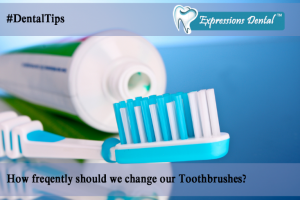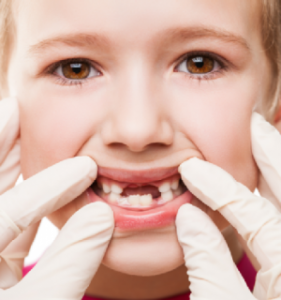How Much Toothpaste Should an Adult Use?
As little as we think about it, toothpaste is an essential item that we use every day. But, a good question is “How much toothpaste should we be using?”
Most adults tend to think that it is necessary to cover the entire brushing surface of a toothbrush because of the way toothpaste is advertised on television. Liberal use of toothpaste is far too much; it is only necessary for adults to use an estimated pea sized dab of toothpaste to properly clean their teeth.
Besides toothpaste, fluoride can be found in a variety of products, including mouth rinses, supplements in tablet form and drinking water, if community water is fluoridated. Other products, such as juice boxes and soda pop, may contain fluoride, depending on their water sources. For example, if the bottler for a soda pop company is located in a community where fluoridated water is present, fluoride will be present in the product. Some people also receive topical fluoride treatments during a routine dental visit.
So, in summary,
-
The right amount of toothpaste is the size of a pea.
-
We can get fluoride from the sources other than our toothpaste.
Regular visits to the dentist are important because dentists can help if you or your child is not receiving enough fluoride.
Remember, only a dentist can diagnose your dental problems and offer the right treatment plan for you. Get connected with a dentist in Calgary today.




